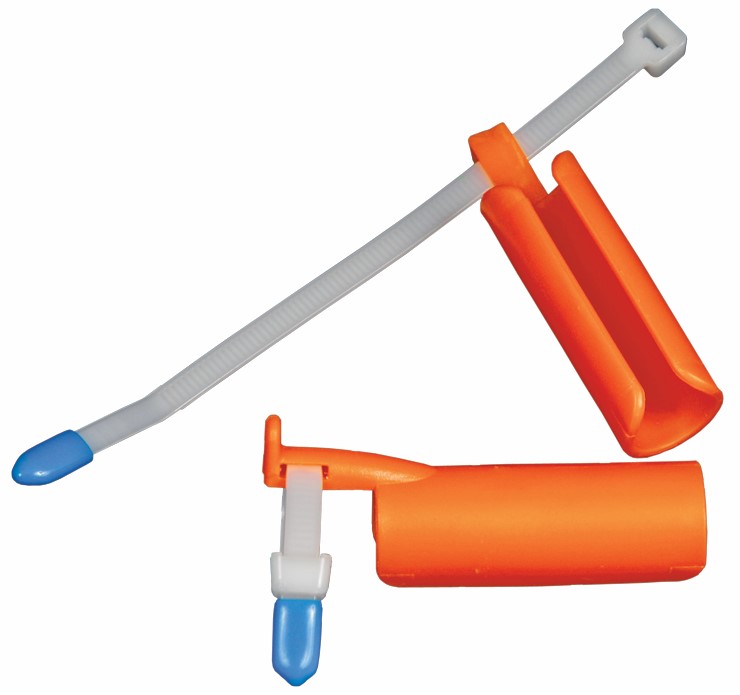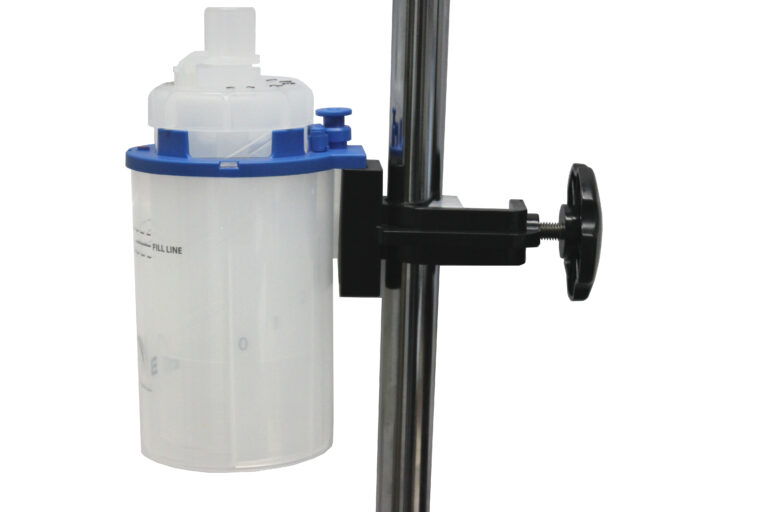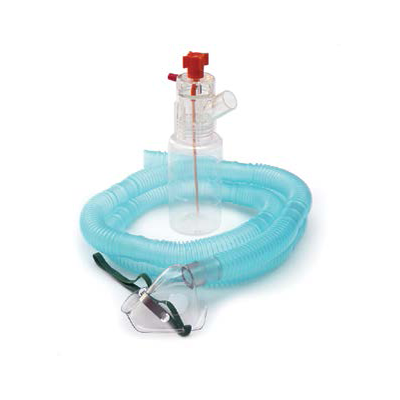In airway management, even the tiniest details can make a big difference in outcomes. That’s why tools like the Bite Block are so important, not only to protect our equipment but also to keep patients safe from unnecessary harm. Often overlooked, this device plays a vital role in both anesthesia and emergency care by stabilizing the airway and reducing risks during critical moments.
At B&B Medical Technologies, we’ve seen how a thoughtfully designed Bite Block can help lower complications, extend the life of our equipment, and lead to better results in procedures. Whether you’re dealing with a challenging intubation or ensuring proper ventilation during sedation, bite blocks are a simple yet powerful tool that can have a significant impact on patient care.
What Is a Bite Block and Why Does It Matter?
Bite Blocks are devices placed between the patient’s teeth to prevent clenching or biting during procedures that require airway access or sedation. Without them, patients may damage oral tissues, crack endotracheal tubes, or compromise ventilation.
A good bite block protects:
● The integrity of airway devices like ET tubes or oropharyngeal airways
● Soft tissues from accidental laceration or pressure injury
● Dental structures under stress
This small device plays a big role in maintaining safety, especially during:
● General anesthesia
● Emergency intubation
● Seizure management
● Sedation in ICU settings
Key Features to Look for in a Clinical Bite Block
A truly effective bite block incorporates key clinical features that play a crucial role in enhancing safety, usability, and patient outcomes. Understanding these elements is essential for maximizing the effectiveness of bite blocks in clinical practice.
Material Durability
It must withstand prolonged biting force without collapsing or fragmenting. B&B’s bite blocks are made from resilient materials tested under clinical pressure.
Size Options for Patient Variability
Different patient populations require different fits. Our lineup includes adult and pediatric sizes to ensure proper placement and function.
Integrated Airway Protection
Some bite blocks come combined with oropharyngeal airways to simplify setup and reduce gag reflex risk. Our dual-purpose designs streamline care in fast-paced environments.
Easy Visibility and Radiopacity
Clinicians need to confirm positioning visually or via imaging. Our bite blocks are available in bright colors and radiopaque options for safety.
Common Use Cases for Bite Blocks
Bite blocks serve different purposes across the care spectrum, from surgery to seizure response. Here’s where they add the most value in protecting both airway access and patient safety.
Anesthesia Support: Prevents involuntary jaw closure during surgery and secures airway devices.
Endotracheal Tube Protection: Reduces the risk of biting down and occluding or damaging the tube, especially during emergence.
ICU Sedation and Transport: Maintains airway access in intubated patients during prolonged sedation or transport.
Seizure Management: Minimizes risk of oral injury during active seizure episodes, especially in pre-hospital or ER settings.
B&B Medical Technologies’ Clinical Approach to Airway Safety Tools
At B&B Medical Technologies, we design bite blocks with real clinical feedback in mind. We’ve worked with anesthesiologists, emergency responders, and ICU teams to build devices that:
● Fit securely without causing tissue trauma
● Hold up under high bite pressure
● Simplify placement in fast-moving scenarios
Our products provide standalone bite protection or integrated endotracheal support, ensuring the safety clinicians rely on.
Frequently Asked Questions
Are bite blocks necessary during all intubations?
Not always, but they are highly recommended when there is a risk of biting, such as during sedation, emergence, or seizure activity.
Can bite blocks be reused?
Most are single-use to reduce infection risk. Always follow the manufacturer’s guidelines and facility protocols.
What‘s the difference between a bite block and an oral airway?
Bite blocks prevent biting; oral airways maintain open airway patency. Some devices combine both functions for streamlined use.
Can pediatric patients use bite blocks?
Yes. Pediatric-specific bite blocks are designed with appropriate sizing and softer materials for comfort and safety.
Want to equip your team with airway tools that add protection?
Contact B&B Medical Technologies to explore our full line of Bite Blocks designed for clinical safety and real-world performance.


